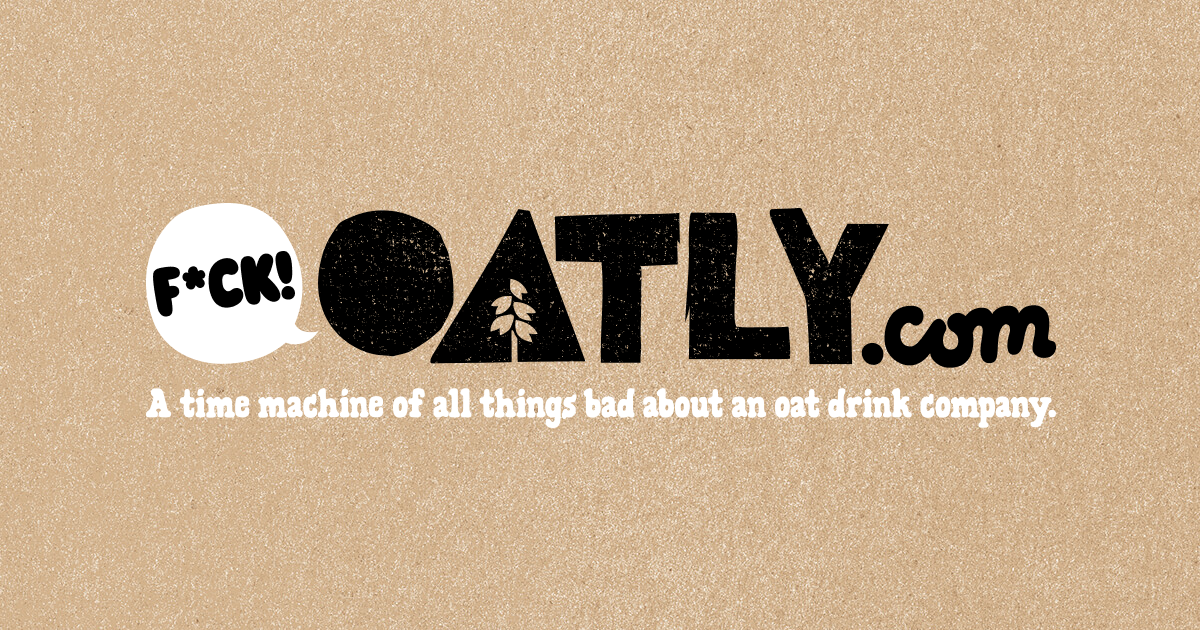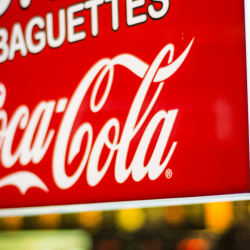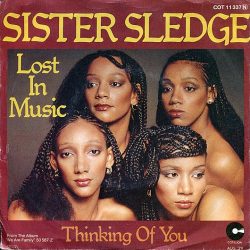Shakespeare was obsessed with trust. Winning, losing and battling to restore public confidence appear everywhere in his plays. Perhaps his most striking reflection on trust comes in Henry VI, Part 3 (1591), when Lady Grey declares: ‘Trust not him that hath once broken faith’. 400 years later, Shakespeare’s insight has become a business and marketing platitude: ‘Trust takes years to build, seconds to lose and forever to regain’.
But trust today is a dwindling resource…
According to the 2024 Edelman Trust Barometer, a long-running annual survey of more than 30,000 respondents across 28 countries, nearly two-thirds of people think governments, businesses and journalists are ‘purposely trying to mislead people by saying things they know are false or gross exaggerations’. The causes of this breakdown in trust are legion: widespread political corruption, ideological disinformation, social media distortions, AI manipulation, and corporate cover-ups.
At root, though, the contemporary erosion of trust stems from a crisis of transparency. Audiences and consumers simply no longer believe in institutions, individuals and industries to be open and honest. Given the shrinking trust in civil and commercial communications, how can businesses earn the confidence of consumers and the wider public in an increasingly sceptical and cynical world? If trust can be lost in one act of ‘broken faith’, how should brands and advertisers navigate a marketplace that is now hypersensitive to dishonesty and deception?
One crucial way to build and keep trust is by making transparency not simply a corporate policy or another hollow company ‘value’, but a central pillar of branding and marketing.
Transparency can take many forms, from ensuring the clarity and accuracy of public-facing communications, pricing, reporting and product information, to the difficult but urgent necessity of honesty regarding corporate environmental impact and sustainability. Southwest Airlines ran a campaign in 2008 to make pricing as simple and transparent as possible, going against the grain of airlines charging hidden or unexpected fees for bags, check-ins, food, and ticket changes. In 2015, they rebranded this pricing principle and made it the centrepiece of a new ‘Transfarency’ concept to highlight their ‘Nothing to hide’ fares. The campaign was such a success that Southwest still uses the idea nearly a decade later.
As well as the ticket price, consumers are increasingly conscious of ‘back-end’: the supply chains, materials, labour and costs of the products they buy. Historically, brands have been unwilling to spell out how the sausages are made. But being transparent about procurement, process and production can be a winning marketing strategy.
The issue is especially prominent in the fashion industry, in which brands like Shein have been heavily criticised for exploitative production methods and Fashion Revolution’s Fashion Transparency Index was launched to ‘drive greater accountability’ from manufacturers and retailers. British company Lucy & Yak has earned praise for its openness about supply chains and actively contributes to the discussion around #whomademyclothes. They launched a ‘Buyback’ scheme in January 2023, resulting in 4,000 products being returned to our stores and given a home instead of going to landfill, and the brand’s annual Impact Report detailing their involvement in improving the ethics and sustainability of their supply chains.

Perhaps the simplest form of transparency concerns the product itself. There was an old adage among copywriters and branders: ‘Don’t sell the steak, sell the sizzle.’ But consumers today are growing more sensitive to precisely how products are made. Do customers know exactly what you’re selling? If they did, would they still buy?
Lush has made product transparency a centrepiece of its branding, not only being open about their ingredients — including spelling out which are natural, and which are synthetic — but adopting a Freshness Policy and labelling products with dates and names of who made them.
Sometimes, a leftfield approach to transparency can be a boon for branding. Oatly maintains Fckoatly.com, which documents all the lawsuits, government bans, boycotts, PR disasters and misinformation surrounding their product. The move fits with their overall marketing strategy: reflexive, cheeky, and ever-so-slightly adversarial, thus dovetailing nicely with their mission-driven brand. It’s a twist on the ‘no such thing as bad publicity’ truism, but also a way of leveraging transparency to create a siege mentality and inspire consumer trust and loyalty.

Deception and performative transparency
To see just how important transparency is, marketers should consider how opacity or deception can radically — and rapidly — undermine any brand’s reputation. The German car manufacturer Volkswagen built its post-war reputation on being dependable and trustworthy. But in September 2015, the US Environmental Protection Agency (EPA) charged the company with using hidden software to deceive EPA tests by recording nitrogen oxide levels forty times lower than diesel Volkswagen vehicles’ true emissions.
Not only that, but top company officials were later found to have lied in an attempt to cover up the scandal. The resulting c.$30 billion in fines and damages nearly crippled the company financially, leading to a humiliating CEO resignation, their stock price plunging by 30% and catastrophic global reputational damage.
Equally, paying lip-service to transparency but being exposed for it down the line can also be disastrous for reputation and trust. Fashion retailer Everlane made a virtue of their so-called ‘Radical Transparency’, insisting on fair supply chains and ethical factories and informing customers about their costs and margins. It was a refreshing strategy in an industry with a poor reputation for ethical and sustainable practices. But if you loudly proclaim your corporate probity, be prepared for people to scrutinise it. Everlane drew unwanted negative publicity in 2020 when it was criticised by Senator Bernie Sanders for union busting, and whistleblowing employees accused management of hypocrisy and discrimination.
This shows that transparency is only one element of the robust ethical branding and corporate strategy necessary to win and keep trust today. As scholars Finn Janning, Wafa Khlif and Coral Ingley note in their recent book The Illusion of Corporate Governance: Does Transparency Help or Hinder True Ethical Conduct (2020): ‘transparency, while desirable in itself, is not the tool to enhance corporate moral awareness and thereby direct business actions towards creating a better world’. Genuine transparency should become a means of realising policies and strategies of ‘moral fortitude and responsibility’. Performative transparency can and will be found out.
In All’s Well That Ends Well (c.1605), Shakespeare wrote that there is ‘no legacy is so rich as honesty’. It is not enough to be transparent once. Building a firm reputation as a reliable and trustworthy institution, brand or business requires establishing and maintaining a track record of transparency, integrity, and openness. Once those foundations are laid, consumer trust will be far easier to win and keep — especially in a mistrustful world.
Featured image: Lucy & Yak

































